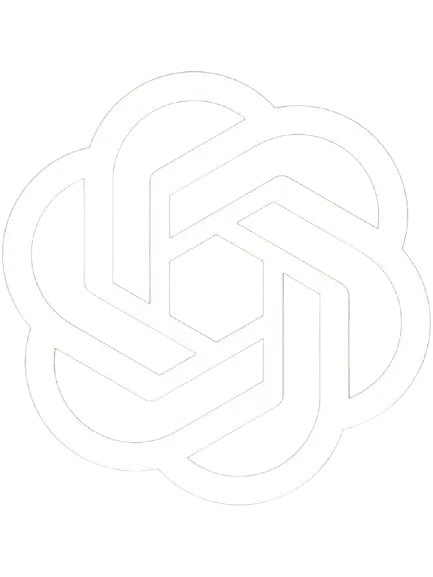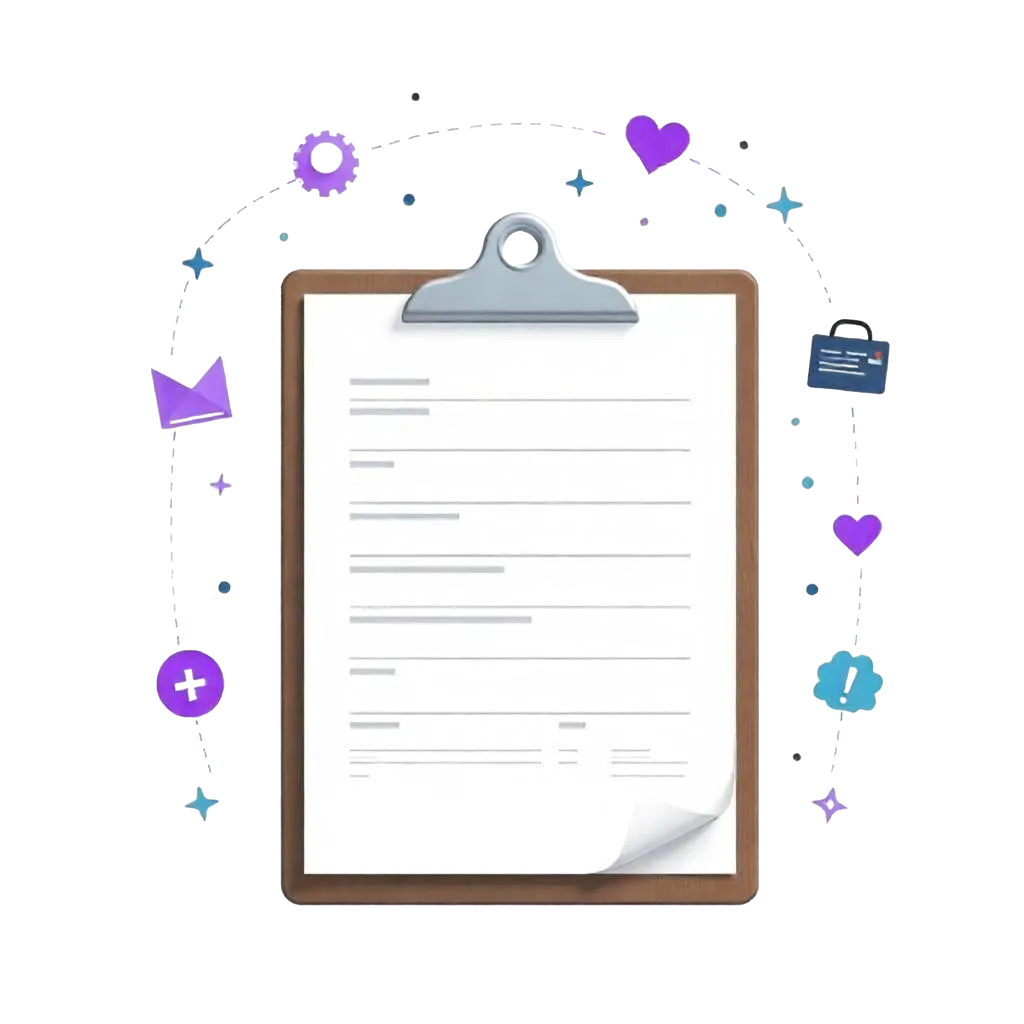The True Cost of Outdated Clinic Management: Calculating Your Practice's Efficiency Debt
Introduction: What Is Efficiency Debt in Healthcare?
In today's competitive healthcare landscape, operational excellence is no longer a luxury—it's a necessity. Clinics that rely on outdated management systems are quietly accumulating what industry experts now call efficiency debt—a hidden but measurable toll on your time, staff productivity, patient satisfaction, and bottom line.
Efficiency debt refers to the cumulative impact of delays, errors, manual workarounds, and lack of visibility due to inefficient systems. Just like financial debt, it accrues over time and limits your practice's growth, often without obvious warning signs.
This article explores the concept of efficiency debt, helps you evaluate where your practice may be bleeding resources, and offers actionable strategies to course-correct using modern solutions.
Measuring Your Practice's Efficiency with Key Performance Indicators
What Are Healthcare KPIs?
Key Performance Indicators (KPIs) in healthcare are measurable values that demonstrate how effectively a clinic is achieving key business and operational objectives. These include clinical outcomes, patient satisfaction, and financial sustainability.
Common KPIs include:
- Patient throughput (patients seen per day)
- Average billing cycle time
- First pass resolution rate
- Claim denial rate
- Appointment no-show rate
Why Metrics Matter
Without benchmarks and analytics, inefficiencies go unnoticed. Establishing clear metrics like healthcare efficiency metrics and key performance indicators in healthcare allows decision-makers to pinpoint bottlenecks, justify resource allocation, and create a data-informed strategy.
Tools and Methods to Track KPIs
- EHR-integrated dashboards
- Business Intelligence (BI) software
- Custom KPI scorecards and reports
- Financial statement analysis
The Hidden Financial Impact of Outdated Practice Management Systems
While inefficiencies may feel like minor annoyances day-to-day, their cumulative financial impact is significant. Outdated systems create hidden costs that erode margins and reduce staff capacity.
Revenue Leakage Sources:
- Incomplete or delayed documentation leading to claim denials
- Manual billing errors and follow-ups
- Inefficient appointment scheduling resulting in patient churn
- Staff time wasted on redundant tasks instead of value-generating activities
Financial Metrics Affected:
- Accounts Receivable (AR) Days: Longer AR cycles lead to cash flow issues
- Net Collection Rate: Missed revenue due to improper coding or write-offs
- Operational Cost per Patient: Increased administrative load inflates delivery cost
Case Study: A mid-sized orthopedic practice reduced AR days from 48 to 28 after switching to an automated documentation and billing platform, unlocking over $240K in working capital.
Identifying Operational Inefficiencies in Your Practice
Many practices continue using legacy systems due to inertia or perceived switching costs. Unfortunately, this creates compounding inefficiencies across teams.
Common Inefficiencies:
- Manual data entry and rework
- Fragmented platforms that require toggling between multiple tools
- Delayed access to real-time analytics
- Poor data management in healthcare, leading to decision-making blind spots
Staff fatigue and burnout also rise when systems are slow, unreliable, or require excessive administrative effort.
Calculating Your Practice's Efficiency Debt
Unlike financial debt, efficiency debt builds silently in the background. But it can be measured—and mitigated.
Step-by-Step Calculation Framework:
- Time Audit – Estimate hours spent weekly on redundant or manual tasks
- Cost Attribution – Multiply hours by staff hourly rates (administrative, clinical, billing)
- Revenue Impact – Factor in delayed reimbursements, missed appointments, and write-offs
- Benchmarking – Compare your data against industry standards
Example:
- 10 staff hours/week lost to billing follow-ups @ $40/hour = $20,800/year
- Estimated $35,000/year in delayed reimbursements due to outdated software
- = $55,800/year in total efficiency debt
Technology Solutions and ROI Analysis
What Modern Practice Management Systems Offer
Today's systems integrate scheduling, documentation, billing, and analytics. Key features include:
- Automated patient reminders
- Preloaded coding suggestions
- Real-time documentation tools
- Integrated billing workflows
- Centralized data dashboards
Evaluating the ROI of Technology Investments
When considering software upgrades, quantify both tangible and intangible benefits.
Practice Management Software ROI Metrics:
- Reduction in AR days and billing errors
- Decreased staff overtime
- Increased patient volume
- Enhanced provider satisfaction and retention
ROI Equation: (Gains from Investment - Cost of Investment) / Cost of Investment × 100
Implementation Roadmap: From Assessment to Optimization
Upgrading clinic systems doesn't require an all-or-nothing approach. A phased rollout increases adoption and minimizes disruption.
Roadmap for Transitioning:
- Assess – Identify the top 2–3 friction points using staff interviews and KPI reports
- Prioritize – Choose initiatives with measurable short-term ROI
- Invest – Select tools with strong integration and support options
- Train – Develop a structured onboarding plan for staff
- Monitor – Set KPI benchmarks and review quarterly progress
Pro Tip: Leverage vendor partnerships for training and ongoing optimization
Conclusion – Building a Culture of Continuous Efficiency
Clinic management is evolving from a clerical function to a strategic lever. A data-driven approach to operational efficiency ensures that your clinic not only survives but thrives in today's healthcare economy.
By identifying and addressing your efficiency debt, you reclaim staff time, improve patient experiences, and increase profitability. Most importantly, you set your organization on a path of continuous improvement and resilience.
Next Steps for Leaders:
- Conduct a KPI audit within the next 30 days
- Evaluate your clinic's current tech stack for gaps
- Identify one low-effort, high-return optimization to implement next quarter
FAQ: Answering Common Questions on Clinic Efficiency
How is efficiency measured in healthcare?
Efficiency is typically measured through KPIs such as patient throughput, AR days, billing cycle time, and claim denial rates. Tools like dashboards and financial reports provide the most actionable visibility.
What are the hidden costs of outdated practice management?
Hidden costs include staff overtime, lost billing opportunities, claim denials, patient churn, and elevated administrative burnout rates.
What are the most important KPIs for medical practices?
Some of the most impactful KPIs include:
- Net Collection Rate
- First Pass Resolution Rate
- Patient No-Show Rate
- AR Days
- Average Revenue per Encounter
How do I calculate ROI on practice management software?
Use the ROI equation: (Gains from Investment - Cost of Investment) / Cost of Investment × 100. Gains can include reduced billing time, increased claim approval rate, and saved staff hours.
What's a good first step to reduce efficiency debt?
Start with a time audit across departments and identify the top 2–3 bottlenecks. Focus on automating or optimizing those first.
Reduce costs and improve your reimbursement rate with a modern, all-in-one clinic management software.
Get a DemoLegal Disclosure:- Comparative information presented reflects our records as of Nov 2025. Product features, pricing, and availability for both our products and competitors' offerings may change over time. Statements about competitors are based on publicly available information, market research, and customer feedback; supporting documentation and sources are available upon request. Performance metrics and customer outcomes represent reported experiences that may vary based on facility configuration, existing workflows, staff adoption, and payer mix. We recommend conducting your own due diligence and verifying current features, pricing, and capabilities directly with each vendor when making software evaluation decisions. This content is for informational purposes only and does not constitute legal, financial, or business advice.










